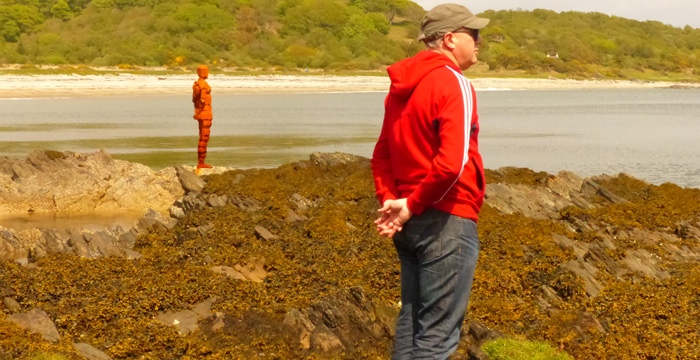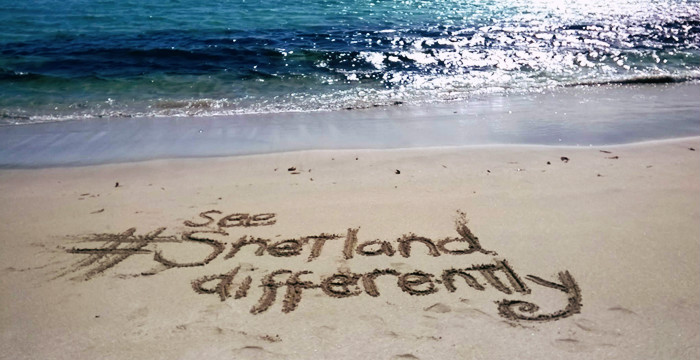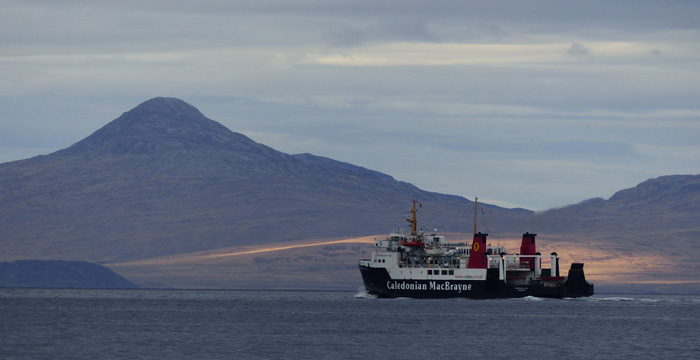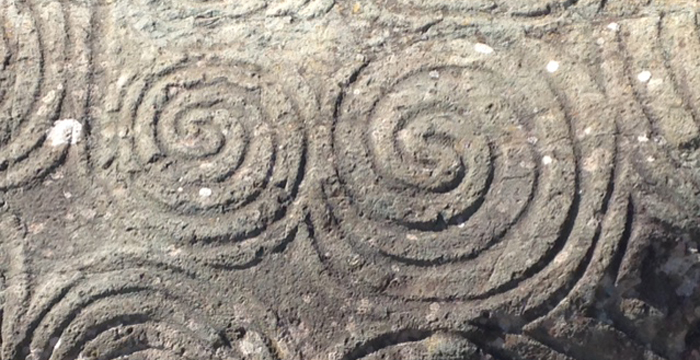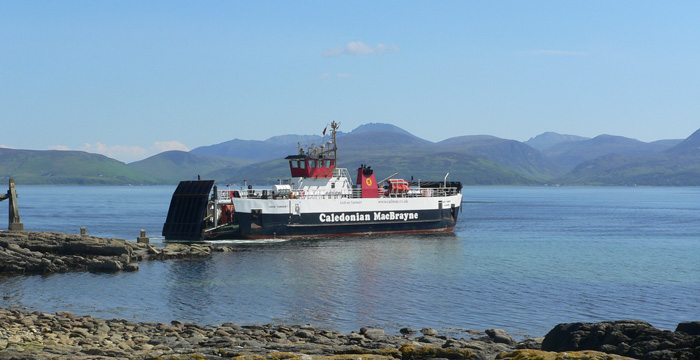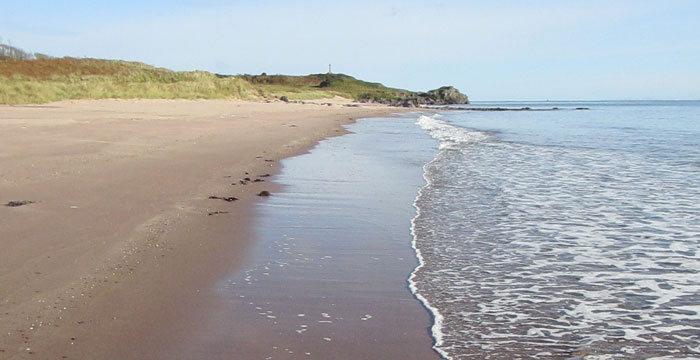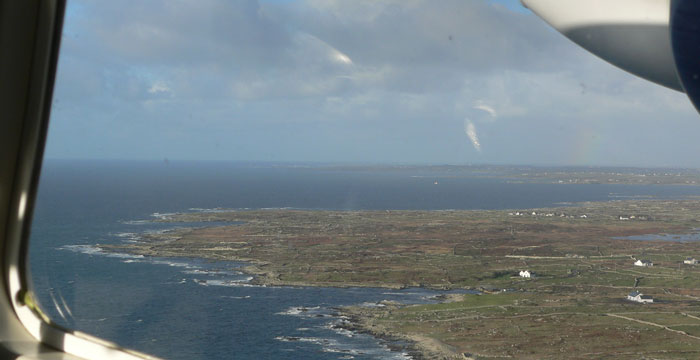A couple of weeks ago I was lucky enough to visit Shetland for the first time for my familiarisation trip. Having never travelled as far north before, and being used to living in the bustling city centre of Glasgow, I was unsure of what to expect to say the least. Much to my surprise I absolutely loved my time on the islands and could even picture myself living there one day…..ok well maybe not just yet. Anyway, here are my top tips and interesting facts to help you
see Shetland differently…
1. Lighthouses – If you’re into lighthouses you’ll love Shetland which has no less than seven. My personal fav is Sumburgh Head which has a brand new visitor centre.
2. Scones! – Whether sweet or savoury – you’ll soon discover that folk here love this delicious treat. Just saying.
3. The White Wife – If you go that far north, do pay a visit to this white-washed figure, poised on the rugged coastline of Yell.
4. Shetland ponies – Enough said really. No matter where you drive here, you’ll be sure to spot some galloping around. Have your camera at the ready.
5. The ‘Reel’ deal – The Isle of Unst is now home to Shetland’s newest gin distillery – Shetland Reel Gin. Do sample some if you get the chance.
6. Be a local – If you want to get a feel for a place, check out the local newspaper. The Shetland Times comes out weekly and is full of info on what’s happening and where.
7. Prepare for all weathers – The Shetland Isles have their own micro climate, so expect to experience all four seasons in a day. Layers are your friend.
8. Embrace it! – Shetland is like no other place you will have ever experienced, and I can’t wait to return!
#SeeShetlandDifferently
By Zoë @ McKinlay Kidd
(Featured photo taken at Sumburgh Beach)

